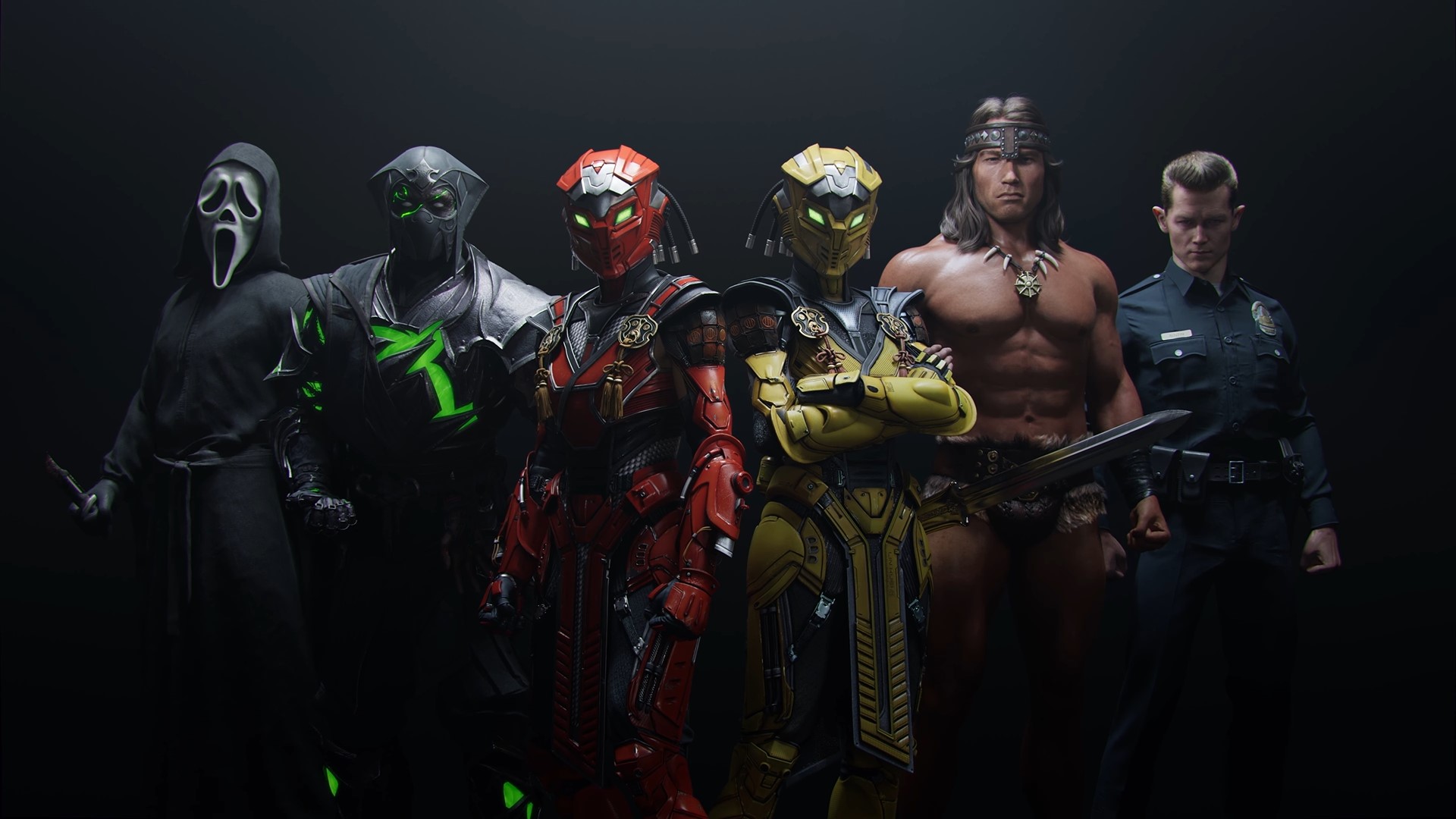

Here’s the thing about the iPad line: it’s always being worked on, and that work is never complete. You know, like roadwork. As a kid, I recall thinking Atlanta was only under construction for a few weeks. Oh, the naïveté.
I also once thought the iPad Air 2 was the last new iPad anyone would buy without being envious of the next model. It was slimmer than the iPad Air and it had Touch ID. That’s basically future proof!
Then the iPad Pro line was introduced… Fast-forward to now and the iPad line is still in a state of flux.
The iPad 10 set new goals for the iPad Pro with its landscape orientation, centered front cam and keyboard accessory with a full-function row. When the iPad Pro is revised with those features, the transition will be complete, right? Hardly. The next one to watch is the transition to OLED displays.
If the new iPad Pro models introduce a new design of any sort, we’ll also expect that to trickle down to the Air and mini lines too. That happened with USB-C (and that project should be considered complete once the iPad 9 is no longer sold). Then there will be more future changes that we slowly watch propagate through the line.
The awkward thing about this never ending construction project is when a lower-end model get a “new” feature before a premium model. That’s what happened with the iPad 10 and the iPad Pro in 2022. The awkwardness was compounded by the fact that Apple released no new iPads in 2023. Instead, Apple introduced a third (but not third-gen) Apple Pencil. More roadwork.
Hopefully the full calendar year without any iPad upgrade means the iPad hardware team had their heads down working on the next leap forward. That’s better than releasing yet another half step forward with a new iPad generation. Apple has also had their heads in another leap forward with getting Vision Pro out by early 2024, of course, so we’ll see what they deliver for iPads this year.
All that’s to say that while I expect the iPad line to inch toward cohesion after the next iPad Pro update, iPads will continue to feel like roadwork. Constant construction, long periods where some areas are neglected, and never actually reaching a state of completion.








